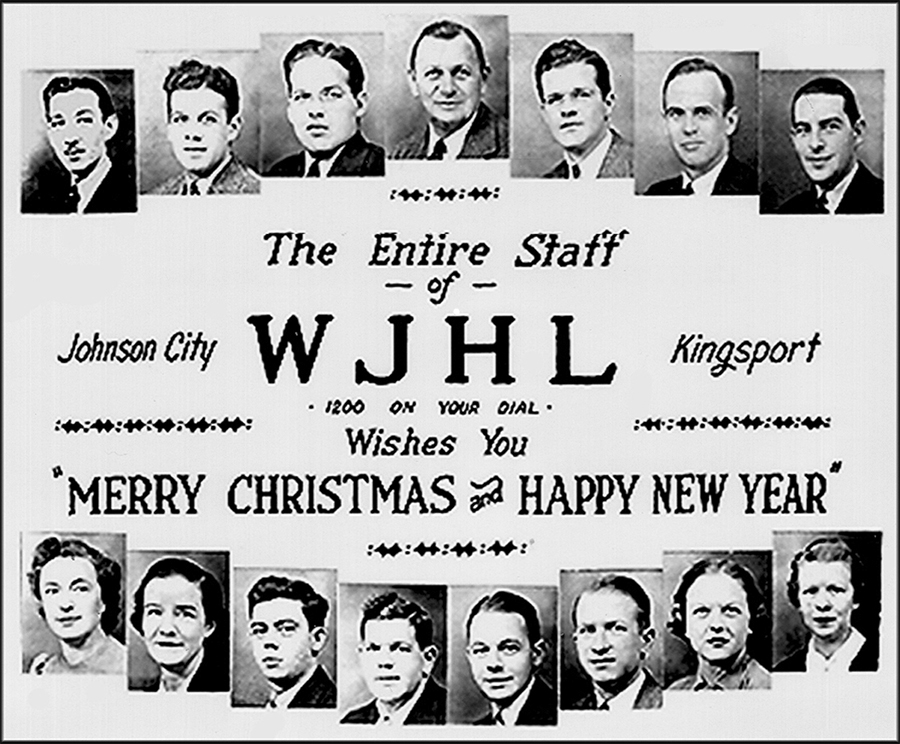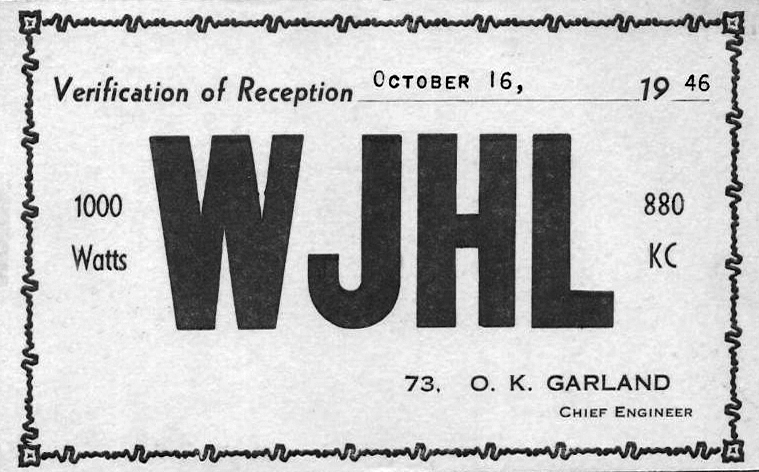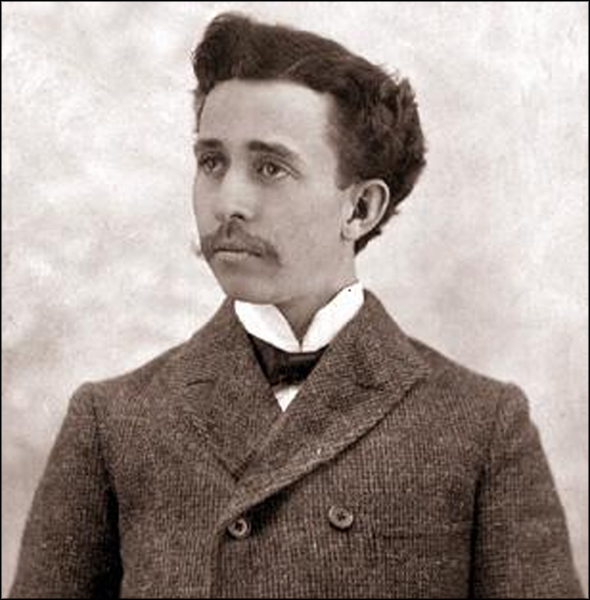Recently, while watching a University of Tennessee basketball game, I thought about Harold Anthony “Lou” Bello,” a serious college basketball referee who also was a zany comedian on the court. I wondered if he was still alive but sadly found out that he passed away in 1991.
In the mid-1960s, I along with several of my classmates at the University of Tennessee, had the misfortune of having chemistry lab on Saturday afternoons, often during key sporting events.
Sometimes we would hurry through our experiments, scurry across campus and find a place to sit, usually on the floor at Stokely Athletics Center. This was especially meaningful if we knew that Lou Bello would be on there.

The Man Himself – Lou Bella Officiating a Basketball Game
Bello, who became one of North Carolina's most colorful sports figures, was an uninhibited game official and would do anything to get a chuckle from the many fans. He successfully blended seriousness with foolishness, depending on the situation.
If a game was out of reach, you simply quit watching the contest and began focusing on “Lou.” Either way, you got your money's worth of entertainment.
A 1947 graduate of Duke University, Bella began officiating games in Duke's intramural program and later became a basketball official in the Atlantic Coast, Southeastern and Southern conferences.
He also officiated college and high school football and baseball games and was a Carolina League umpire from 1949 until 1952. He was a teacher in the Wake County, NC schools from 1950 to 1958 and again in 1966.
“Lou is all referee and part clown,” said Horace “Bones” McKinney, Wake Forest University's basketball coach from 1958 to 1965. “He had as good a judgment in it as anybody refereeing during my time. When I saw him walk out on the court, I was not concerned. I knew I would get as good a shake as anyone.” Lou practiced fairness.
“Lou was also very sensitive,” Mr. McKinney said.” If he thought he had hurt the coach with a missed call, it would bother him afterwards.”
Dean Smith, former head basketball coach at the University of North Carolina at Chapel Hill, said in a statement: “Lou was one of the great sports personalities in North Carolina, first as an official, then as a radio commentator and finally a fan of sports, particularly basketball.”
Lou got along with all the coaches and players, and when the game became one-sided, he'd kid around without embarrassing the losing team.
Mr. Bella stood out among the relatively anonymous group because of his antics. When crowds booed his introduction, he would simply bow, applaud himself and ask for more. When fans threw pennies at him, he pocketed as many as he could find and then pleaded for half dollars.
Sports officials who refereed many games alongside Lou enjoyed his partner's unique humor. But they also saw his serious side. Lou worked every game as if it were the ACC, NBA or state championship.
Once before a game at Oxford Orphanage, Lou told his co-officials to work the game as serious as if it were the Super Bowl. He explained that this game was very important to the kids. He had a heart for youngsters.
Mr. Bella kept things lively and light. He had a great capacity to make people laugh by putting on a show. He did it in close games too, at least for a while.
People who attended Stokely Athletics Center always got their money's worth and more. At some expected moment, usually after a fowl call, Lou would come down the court galloping like a horse, blow his whistle and make funny comments about the call. He was probably the only official in the country who could get by with such unusual conduct. The crowd loved it.
When my mind drifts back to my University of Tennessee years, I usually see Lou Bello standing right in the middle of the court with a sly, silly grin on his face. He was one of a kind and he knew it. Sadly, he “fouled” out far too early in the “game.”
“Thank you, Lou, for the memories; you were absolutely a hoot. You have not been forgotten. We need more like you in this life.”
It has been 55 years since he entertained me and I still remember him as if it were yesteryear.






_0-392x400.jpg)
_0.jpg)
_0.jpg)

